News
- Details
- Category: News
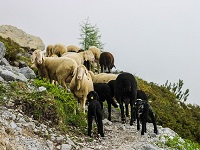 Euromontana is undertaking a survey on pastoralism and permanent grasslands in the European mountains in order to compare sustainable management practices.
Euromontana is undertaking a survey on pastoralism and permanent grasslands in the European mountains in order to compare sustainable management practices.
Pastoralism - the raising of livestock - is an agricultural practice prevalent in mountainous areas. This is due to the fact that it enables the development of territories of low agronomic value; areas that are otherwise difficult to access or utilize. The continuation of pastoral activities faces several challenges however. These include difficulties linked to the economic context, climate change, land use pressure, and the challenge of organising grazing herds in the context of seasonal territory use.
- Details
- Category: News

The Centre for Mountain Ecosystem Studies (CMES), in collaboration with the Kunming Institute of Botany, Chinese Academy of Sciences, and World Agroforestry Centre (ICRAF), is now inviting contributions for the 2nd International Conference on Mountain Futures, with a focus on 'Ecosystem Rhythms, Land Systems, and Sustainable Livelihoods.'
- Details
- Category: News
 Published in Global Change Biology, this article reviews evidence for three types of lag in the responses of mountain plant communities to climate change, and develops a mechanistic community model to illustrate how species turnover in future communities might lag behind simple expectations based on species range shifts with unlimited dispersal.
Published in Global Change Biology, this article reviews evidence for three types of lag in the responses of mountain plant communities to climate change, and develops a mechanistic community model to illustrate how species turnover in future communities might lag behind simple expectations based on species range shifts with unlimited dispersal. Rapid climatic changes and increasing human influence at high elevations around the world will have profound impacts on mountain biodiversity. However, forecasts from statistical models (e.g. species distribution models) rarely consider that plant community changes could substantially lag behind climatic changes, hindering our ability to make temporally realistic projections for the coming century.
- Details
- Category: News
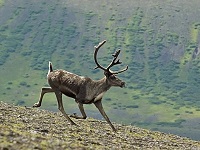 This article published in Royal Society Open Science illustrates how glacial archeology is uncovering unprecedented historical data on high-elevation human activity as a result of melting perennial ice.
This article published in Royal Society Open Science illustrates how glacial archeology is uncovering unprecedented historical data on high-elevation human activity as a result of melting perennial ice. Recent research in Jotunheimen and the surrounding mountain areas of Norway has recovered over 2000 historical finds—many associated with reindeer hunting (e.g., arrows). This article reports the radiocarbon dates of 153 objects and uses a kernel density estimation (KDE) method to determine the distribution of dated events from ca 4000 BCE to the present. Interpreted in light of shifting environmental, preservation, and socio-economic factors, this new data shows counterintuitive trends in the intensity of reindeer hunting and other high-elevation activity.
- Details
- Category: News
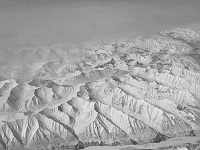 Taking place 4-6 June 2018 in Moscow, this thematic conference's rich and varied programme has plenty to offer the mountain research community.
Taking place 4-6 June 2018 in Moscow, this thematic conference's rich and varied programme has plenty to offer the mountain research community.
Held under the auspices of the International Geographical Union (IGU), Geography and XXI Century Challenges is a thematic conference dedicated to the 100th anniversary of the Institute of Geography of the Russian Academy of Sciences - the largest world-renowned geographical research organization in Russia.
- Details
- Category: News
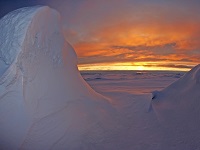 The Swiss Polar Institute has launched a new funding instrument to support early-career scientists to take field trips to polar regions.
The Swiss Polar Institute has launched a new funding instrument to support early-career scientists to take field trips to polar regions.The Polar Access Fund is open to any doctoral student or early post-doctoral researcher based at a Swiss university or research institution, and aims to enable young researchers to undertake their first field trip to a polar region.
- Details
- Category: News
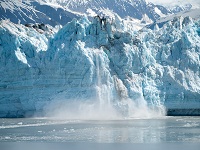 A new technical document from GAPHAZ aims to provide clear guidance on the assessment of hazards related to glaciers and permafrost – thereby protecting the lives and livelihoods of people living in mountain regions across the globe.
A new technical document from GAPHAZ aims to provide clear guidance on the assessment of hazards related to glaciers and permafrost – thereby protecting the lives and livelihoods of people living in mountain regions across the globe. As mountain landscapes rapidly warm and change, the threats to those living on and around them also evolve. Contemporary transformations in mountain glaciers and permafrost can lead to catastrophic mass flows, such as ice and rock avalanches, para- or periglacial debris flows, and floods from glacial lakes. Land subsidence and instability also pose a significant danger. This, combined with the ongoing expansion of people and infrastructure into high mountain valleys, means there is increasing potential for societal losses and far-reaching disasters.
- Details
- Category: Global News
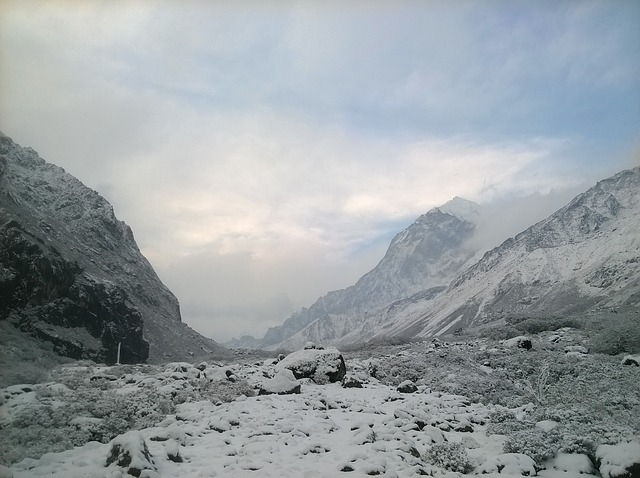
A new article published in Nature Geoscience reports on the massive collapse of two adjacent glaciers in western Tibet in July and September 2016, leading to an unprecedented pair of giant low-angle ice avalanches.
Published in Nature Geoscience (online on 22 January 2018), the article ‘Massive collapse of two glaciers in western Tibet in 2016 after surge-like instability’ elaborates that the twin collapses were caused by climate- and weather-driven external forcing, acting on specific polythermal and soft-bed glacier properties.






